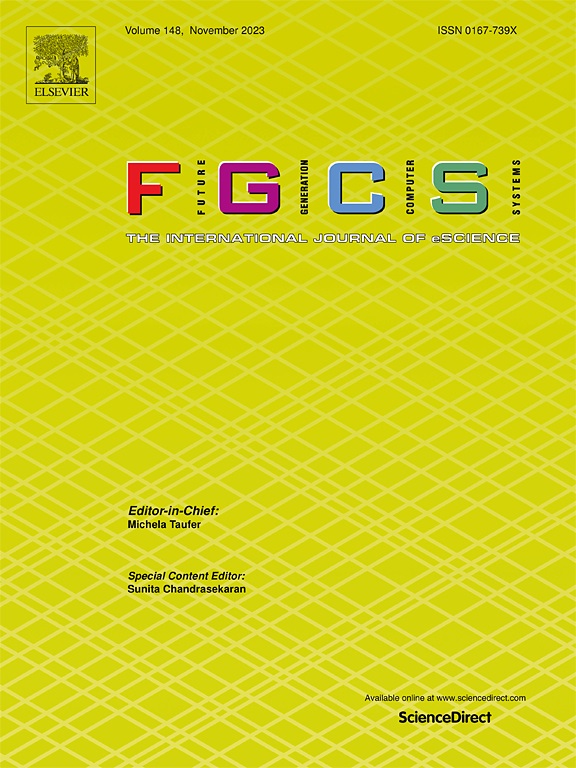OMP4Py: A pure Python implementation of openMP
IF 6.2
2区 计算机科学
Q1 COMPUTER SCIENCE, THEORY & METHODS
Future Generation Computer Systems-The International Journal of Escience
Pub Date : 2025-08-05
DOI:10.1016/j.future.2025.108035
引用次数: 0
Abstract
Python demonstrates lower performance in comparison to traditional high performance computing (HPC) languages such as C, C++, and Fortran. This performance gap is largely due to Python’s interpreted nature and the Global Interpreter Lock (GIL), which hampers multithreading efficiency. However, the latest version of Python includes the necessary changes to make the interpreter thread-safe, allowing Python code to run without the GIL. This important update will enable users to fully exploit multithreading parallelism in Python. In order to facilitate that task, this paper introduces OMP4Py, the first pure Python implementation of OpenMP. We demonstrate that it is possible to bring OpenMP’s familiar directive-based parallelization paradigm to Python, allowing developers to write parallel code with the same level of control and flexibility as in C, C++, or Fortran. The experimental evaluation shows that OMP4Py significantly impacts the performance of various types of applications, although the current threading limitations of Python’s interpreter (v3.13) reduce its effectiveness for numerical applications.
OMP4Py: openMP的纯Python实现
与传统的高性能计算(HPC)语言(如C、c++和Fortran)相比,Python的性能较低。这种性能差距很大程度上是由于Python的解释性质和全局解释器锁(GIL),后者阻碍了多线程的效率。然而,最新版本的Python包含了必要的更改,使解释器线程安全,允许Python代码在没有GIL的情况下运行。这个重要的更新将使用户能够充分利用Python中的多线程并行性。为了便于完成这项任务,本文介绍了OpenMP的第一个纯Python实现OMP4Py。我们证明,将OpenMP熟悉的基于指令的并行化范例引入Python是可能的,允许开发人员编写具有与C、c++或Fortran相同级别的控制和灵活性的并行代码。实验评估表明,尽管Python解释器(v3.13)当前的线程限制降低了其对数值应用程序的有效性,但OMP4Py显著影响了各种类型应用程序的性能。
本文章由计算机程序翻译,如有差异,请以英文原文为准。
求助全文
约1分钟内获得全文
求助全文
来源期刊
CiteScore
19.90
自引率
2.70%
发文量
376
审稿时长
10.6 months
期刊介绍:
Computing infrastructures and systems are constantly evolving, resulting in increasingly complex and collaborative scientific applications. To cope with these advancements, there is a growing need for collaborative tools that can effectively map, control, and execute these applications.
Furthermore, with the explosion of Big Data, there is a requirement for innovative methods and infrastructures to collect, analyze, and derive meaningful insights from the vast amount of data generated. This necessitates the integration of computational and storage capabilities, databases, sensors, and human collaboration.
Future Generation Computer Systems aims to pioneer advancements in distributed systems, collaborative environments, high-performance computing, and Big Data analytics. It strives to stay at the forefront of developments in grids, clouds, and the Internet of Things (IoT) to effectively address the challenges posed by these wide-area, fully distributed sensing and computing systems.

 求助内容:
求助内容: 应助结果提醒方式:
应助结果提醒方式:


